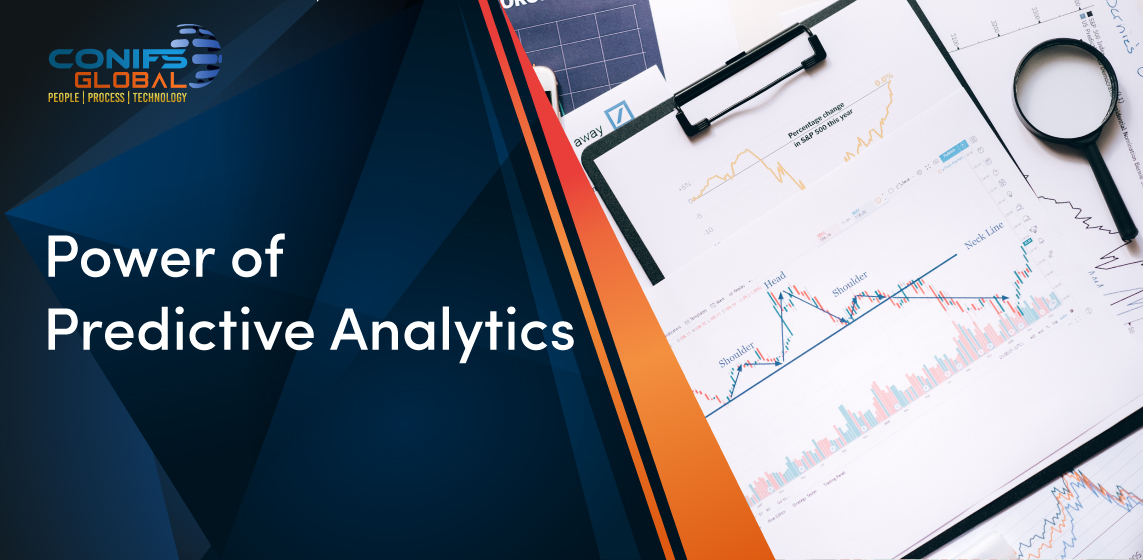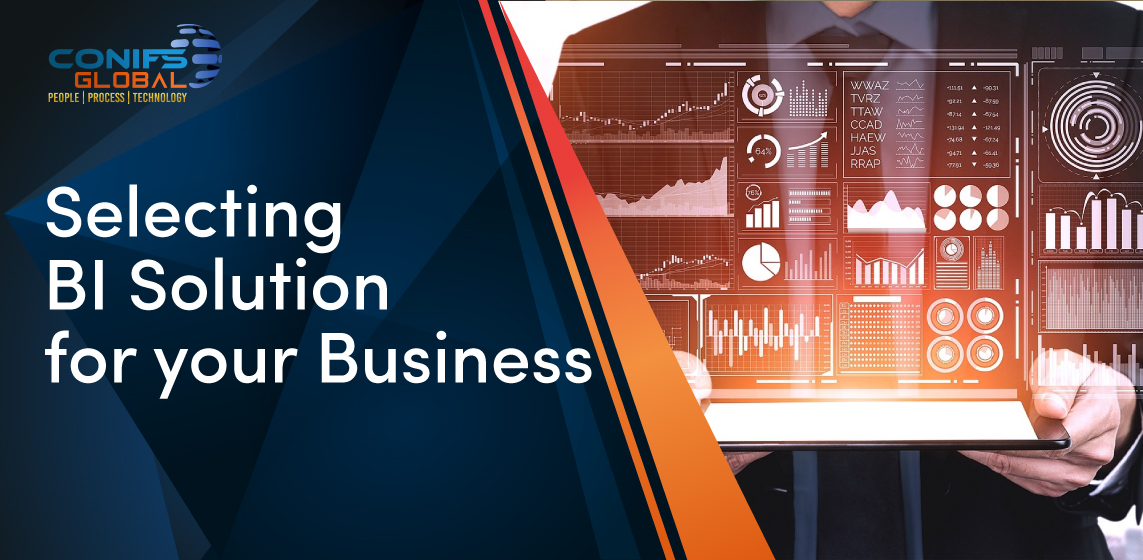What is Predictive Analytic?
Using data, statistical algorithms, and machine learning approaches, predictive analytics forecasts the likelihood of future outcomes based on historical data. The objective is to provide the most accurate prediction of what will happen in the future in addition to understanding what has already occurred.
Predictive analytics’ history dates to 1689. Many people contributed to the development of this field to the last 50 years’ worth of technological advancements. It’s right to say that modern technologies like relational databases, faster CPUs, and even Hadoop and MapReduce have made predictive analytics a usable tool for decision-making. Predictive analytics, however, have been used for centuries, according to history. One of the first applications of predictive analytics was in underwriting back when shipping and trade was primarily conducted traveling the seas.
Science & techniques behind predictive data analytics
Predictive models develop (or train) a model that may be applied to forecast values for various or new data sets using known outcomes. Based on estimated appropriateness from a set of input variables, modeling produces outcomes in the form of predictions that reflect a probability of the target variable (for example, revenue).
This differs from descriptive models that assist you identify important relationships and figure out why something happened or descriptive theories that describe what happened. Analytical approaches and processes have entire books devoted to them. Here are some fundamentals to get you know.
There are two types of predictive models. Classification models predict class membership. For instance, you try to classify whether someone is likely to leave, whether he will respond to a solicitation, whether he’s a good or bad credit risk, etc. Usually, the model results are in the form of 0 or 1, with 1 being the event you are targeting. Regression models predict a number – for example, how much revenue a customer will generate over the next year or the number of months before a component will fail on a machine.
The three most popular methods for predictive modeling are neural networks, regression, and decision trees.
- Decision trees
Decision trees are categorization models that divide data into subgroups according to groups of input factors. This helps you understand a person’s action plan. A decision tree resembles a tree with each leaf serving as a typology or decision and each branch serving as an option among several alternatives.
- Regression
One of the most widely used statistical techniques is regression (both linear and logistic). Regression analysis determines how different variables are related. It identifies important patterns in huge data sets and is frequently used to evaluate the degree to which factors, such as price, influence the movement of an asset. It is designed for continuous data that may be assumed to follow a normal distribution.
- Neural networks
Advanced modeling tools like neural networks may simulate incredibly complicated relationships. They are well-liked since they are strong and adaptable. They are powerful because they can handle nonlinear relationships in data, which are becoming more prevalent as we gather more data. They are frequently used to validate the results of straightforward methods like decision trees and regression. Pattern recognition and some AI techniques that visually “model” parameters are the foundation of neural networks.
Other Popular Techniques
- Bayesian analysis
- Ensemble models
- Gradient boosting
- Incremental response
- K-nearest neighbor (KNN)
- Memory-based reasoning
- Partial least squares
- Principal component analysis
- Support vector machine
- Time series data mining
Benefits Of Predictive Analytics
- Making Better Decisions
Decision-making can be done at a higher level because of predictive analytics. You can make more wise decisions the more data the system has at its available. Large amounts of data can be analyzed to find patterns and trends, giving organizations information they might not have had before.
- Increasing Operation Efficiency
The use of predictive analytics enhances resource management, inventory forecasting, organizational efficiency, performance optimization, and income generation. It enables them to proactively enhance their production processes and respond appropriately when necessary.
- Finding Fraud
Patterns can be found using predictive analytics to spot and stop illegal activity. Predictive analytics aids in the identification of anomalies that could point to cyberthreats and vulnerabilities as cybersecurity becomes more prominent. This assists businesses in putting appropriate policies in place, protecting their information and operations from fraud and other online threats.
- Reduce risk
In the financial and insurance industries, predictive analytics is utilized to create accurate and trustworthy client profiles that aid in efficient decision-making. For instance, credit ratings determine a person’s creditworthiness, which lowers the risk to the company.
- Marketing Campaign Effectiveness
Marketing strategies heavily rely on understanding consumer behavior and buying patterns, and predictive analytics makes it easier to analyze data and find fresh ways to draw in or keep customers.
Where Can Predictive Analytics Be Applied?
- Manufacturing
- Health & Insurance
- Oil, Gas & Utilities
- Governments & the Public Sector
- Banking & Financial Services
- Retail sector
- Educational sector
Predictive Analytics Software Packages
By extracting data from data sets to identify patterns and trends, predictive analytics software mines and analyzes historical data patterns to forecast future results. Business managers can use decision models created by analysts using predictive analytics solutions to plan for the optimal outcome using a wide range of statistical analyses and algorithms. Predictive analytics software is used by analysts, business users, data scientists, and developers to better understand consumers, partners, and products as well as to spot possible dangers and commercial possibilities. Predictive analytics programs enable organizations to use big data (both stored and real-time) to move from a historical view to a forward-looking perspective of the customer. These tools can be deployed both on premise (usually for enterprise users) and in the cloud.
Popular Predictive Analytics Software Packages in 2022
- Qlik Sense
Ability to make better data-driven decisions and act using Qlik Sense. From visualization and dashboards to natural language analytics, customizable and embedded analytics, reporting, and alerting, the system offers enhanced analytics for every business need. Its innovative associative technology offers unique capabilities for merging data and exploring information, boosting human intuition with AI-powered insights.
- Alteryx
Alteryx is a creative, end-to-end, low-code / no-code data analytics platform that enables anybody, anywhere, to transform huge amounts of information into rapid insights that support daily breakthroughs. Today, businesses all around the globe on Alteryx to quickly upskill their staff and achieve results that have a significant impact on the bottom line.
- SAP Analytics Cloud
With the SAP Analytics Cloud solution, you can easily access various sources of data while combining analytics and planning with integration with SAP applications. You can make decisions with confidence due to SAP Analytics Cloud’s support for integrated planning processes throughout the whole company and its role as the analytics and planning solution within the SAP Business Technology Platform.
- IBM SPSS Modeler
One of the leading visual data science and machine learning solution is the IBM SPSS Modeler. By expediting the core functions for data scientists, it supports businesses in accelerating time to value and desired results. Leading businesses around the world rely on IBM for machine learning, predictive analytics, model management, and data discovery to leverage their data assets. With full, pre-built algorithms and models that are suitable for hybrid, multi-cloud systems with strong governance and security postures, the IBM SPSS Modeler gives enterprises the ability to tap into data assets and current apps.
- Minitab Statistical Software
To assist data-driven decision making, Minitab Statistical Software provides visualizations, statistical analysis, prediction, and improvement analytics. When an organization’s employees have access to simple analysis tools, they are all given more authority, regardless of their statistical knowledge or geographical location. By providing a complete and best-in-class package of data analysis and process optimization tools, Minitab has helped businesses and institutions identify patterns, address issues, and uncover insightful data for almost 50 years.
Any more information or demo we are willing to help Contact us
– Heaven Gunarathna




